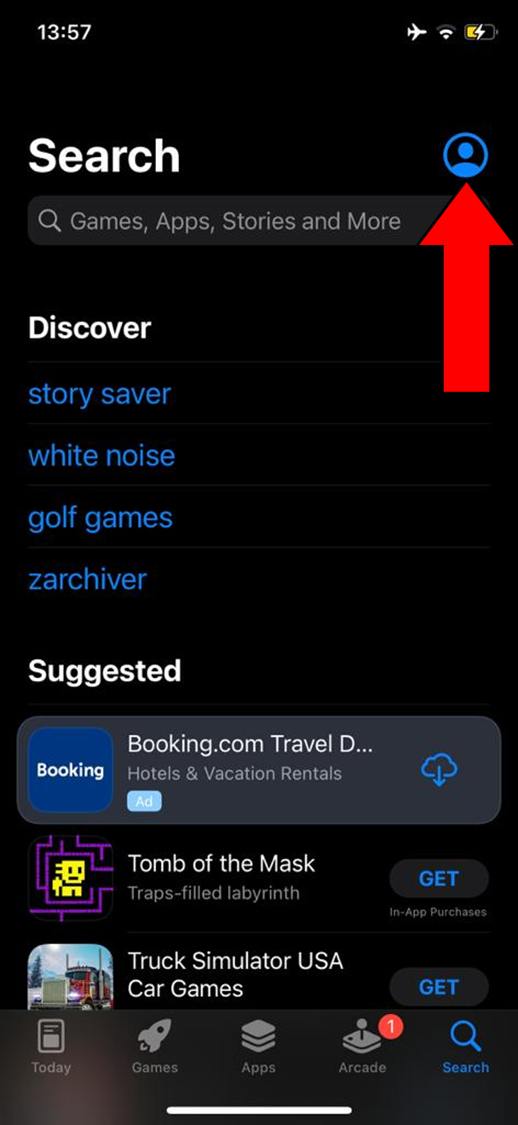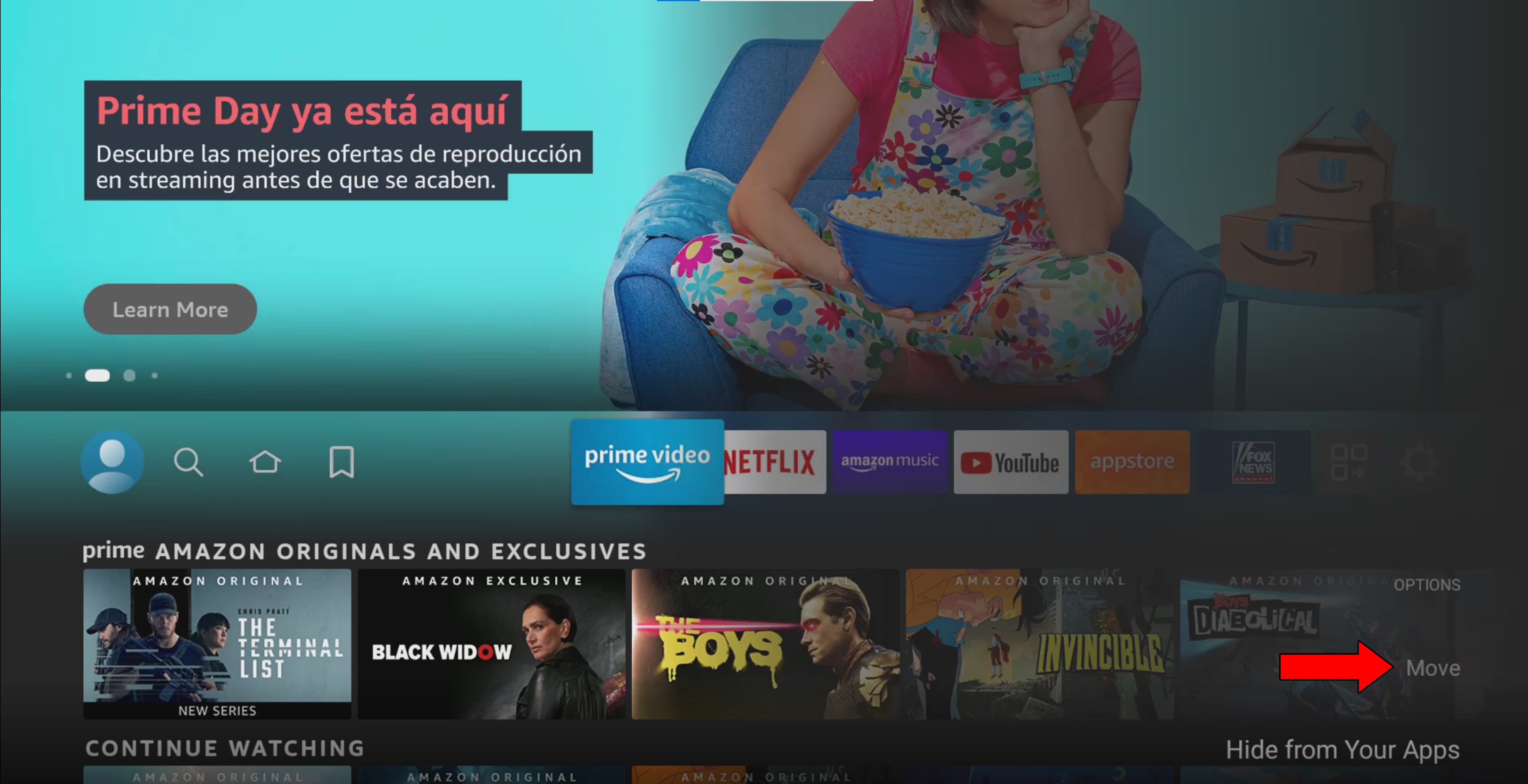
Are you stuck trying to figure out why your Prime Video’s captions or subtitles won’t turn off?
I’m not surprised! This issue is much more common than you think, as it affects millions of the platform’s subscribers every day.
I know how annoying it can be to not be able to enjoy a subscription you’re already paying for. Especially after a long day at work.
But don’t worry, you’ve come to the right place for answers. Below, you’ll find a list including several fixes that can help you solve this problem once and for all.
The 9 fixes that can get Prime Video’s captions or subtitles to turn off are:
Keep reading to fall in love with streaming again!
Let’s start off with something simple.
There’s a good chance that all you need to get Prime Video’s closed captions or subtitles to turn off is close and relaunch the platform.
Why? Because the issue is likely related to a corrupted file or a bug.
Whenever we use our favorite apps, thousands of background processes run at the same time. Normally, they work as you’d expect and that’s the end of it. But sometimes, one or more can crash, making the service act strange.
And to make matters worse, this issue can also cause blurry video, Error 9912, and several other technical difficulties.
By closing and relaunching the app, you’re giving it a chance to restart its processes from scratch.
If this is the source of the problem, once you relaunch Prime Video, you should be able to turn off the captions or subtitles.
Moving on, let’s make sure your streaming devices are set properly.
More often than not, streaming platforms give a higher priority to their internal settings over those on your devices. This means that, even if you have different settings outside the app, those within it will be used more frequently.
At least, that’s on paper.
The problem is that sometimes, your device’s settings might not allow for this and take control. In that scenario, your best bet is to disable closed captioning and subtitles from within your system’s settings when available.
Solution: There are hundreds of streaming devices out there. Guiding you through deactivating this feature within each one would not be a good use of your time.
Instead, please go to Google and search for “How to disable subtitles and Closed Captioning on my <Your Device’s Make And Model Go Here>“. This should bring up several resources with detailed and clear instructions for you.
Here’s how you can do it on iOS and Android devices, to paint you a picture.
For iOS devices:




For Android devices:
I know what you’re thinking, “My connection hasn’t given me trouble in a while, so why now?“.
Granted, internet service drops have gone down a lot in the last few years, but sadly, it’s not yet safe to say that they don’t happen anymore.
In most cases, noticing a problem with your connection is really simple, as you’ll be completely cut off from the internet. But sometimes, you may only have a weak signal. This would allow you to browse lightly or chat, while also having Prime Video’s captions and subtitles not turning off.
And if you think about it, it makes sense.
Texting your friends about your day is much easier on your network than streaming your favorite content online.
Prime Video needs at least 5 Mbps to stream in Full HD resolution (1080p), and 25 Mbps for 4K (2160p).
Solution: Try multiplying the number of people you share your home network with by the number of Mbps Prime Video needs. Let’s say you want to watch your content in 4K and there are 6 people in your home.
In that case, you’d need an internet plan that offers a speed of at least 150 Mbps.
Assuming that your current plan is already fast enough, try calling your provider and asking if they’re having issues. If they tell you everything’s fine on their end, please try resetting your modem.
Never done it before? Don’t worry! It’s really simple:
Next, I want us to check the platform’s servers.
These are in charge of storing important information and giving millions of Prime Video subscribers a high-quality service.
Given how vital they are, the company has put a lot of effort into making the as resistant as possible. But even with all their work, they’ve not yet managed to make them failproof.
Apparently unimportant things, like a coding bug, a bad hard drive, or even minor hacking can greatly hurt the platform’s performance.
The easiest way to spot this is by looking out for endless buffering, login issues, random flickering, captions or subtitles that won’t turn off, and other issues.
Solution: To confirm our suspicions, let’s check the real-time status of the platform’s servers. You can do this by following these steps:



If you see Mount Everest forming in the graph above, it’s almost a certainty that the platform’s having trouble.
But don’t worry. Prime Video has a very capable IT department, so this issue shouldn’t last longer than a day.
Keeping apps fully updated is not on most people’s list of priorities, but it should be!
Granted, having outdated apps will not cause the end of the world, but it can be the source of many technical difficulties down the line.
Newer versions of streaming platforms are designed with newer versions of streaming devices in mind. Using an older version of the platform with a fully updated streaming device could explain why Prime Video’s captions or subtitles won’t turn off.
Normally, you shouldn’t have to worry about this, since there’s automatic updating. But sometimes, a weak network or a glitch can get in the way.
In such a case, you’ll have to manually download and install the latest Prime Video software version to your streaming devices.
Solution: As I explained in point #2, the best way for you to find the right steps to update Prime Video on your devices is through a Google search. Type “How to update apps on <Your Device’s Make And Model Go Here>“.
Here’s what the process looks like on iOS and Android devices, as well as on Fire Stick.
For iOS devices:


For Android devices:
You may be prompted with a notification asking for your permission to proceed with the updates. If so, simply accept and be patient.
For Fire Stick:



If this didn’t work, don’t worry, we still have a lot of ground to cover. Read on to discover more fixes you can try!
Sometimes, you may be worrying over nothing.
You might not know this, but every piece of content within Prime Video has its own ID and space on its servers. This is why sometimes you’ll have trouble watching one show, but be able to enjoy another uninterrupted.
By organizing its content this way, the platform can prevent a single issue from becoming a larger failure.
And while this safety measure works wonders, sometimes it could trick you into thinking that the problem is much bigger than it actually is.
Solution: Try watching other shows and see if Prime Video’s captions or subtitles still won’t turn off. If you no longer encounter any issues, chances are something’s wrong with the title you were originally watching.
In that case, all you can do is wait.
If you have no idea what this is, you’re probably in the clear! But if like me, you love secure browsing and watching international content, this definitely concerns you.
VPNs are amazing, but sadly, streaming companies hate them.
In fact, Disney Plus, Prime Video, HBO Max, Netflix, and many more have been very clear about their dislike for them. Some have even gotten to the point of blocking subscribers who use these.
And when you learn why, you might sympathize.
A lot of the content available on these platforms is only licensed to be played in certain countries. VPNs allow people from all over the world to access said content, so streaming companies have to take action.
It’s either that or be sued for millions of dollars.
If you love using a VPN while streaming on the platform, I’d recommend getting a premium subscription. With these, most VPN providers offer what is known as obfuscated servers.
These will make it harder for Prime Video to detect your VPN traffic, thus reducing your chances of being targeted with bad performance.
Solution: Try disabling your current VPN software and stream without it for a while. If Prime Video’s captions and subtitles are now turning off, there’s your answer.
Time to look for some alternatives.
You’ve probably heard both terms before, but do you know what they are? If not, that’s ok! I’ll be more than happy to shed some light on the concepts, starting with the cache.
This is where your apps store important information. In it, you’ll find audio, user preferences, and login credentials. By keeping this data handy, Prime Video can load much quicker when launched and make your streaming experience better.
Cookies, on the other hand, are tools that make your browsing easier and help tailor the ads you’re targeted with.
In most cases, it’s best to leave them both alone. But sometimes, this could be the reason why Prime Video’s captions or subtitles won’t turn off.
In that scenario, you’ll want to clear them.
Solution: Deleting your cookies and cache should be very easy in most browsers and operating systems. Below, I’ll show you how to do it on Google Chrome and Android devices.
On Google Chrome:


On Android devices:
Finally, let’s make sure that your streaming devices are up to date.
Not unlike with the app, this should be done automatically. But if it isn’t you’ll have to interfere again. Keeping your devices up to date is one of the most important elements of a good streaming experience.
Solution: I said it before, and I’ll say it again. The fastest way to find the right process to update your devices is to Google search for “How to update <Your Devices’ Make And Model Go Here>“.
To give you a general idea, here’s what this looks like on Roku:
When Prime Video’s captions or subtitles won’t turn off, streaming can be very annoying. Let’s face it, no one wants to spend their afternoons troubleshooting and playing technician.
What a disaster!
Luckily, as I hope you’ve learned in this piece, fixing most of the causes behind this is very easy. In most cases, simple actions, like keeping Prime Video updated, and checking your internet connection, should do the trick.
Thank you so much for sticking with me all the way to the end. If you found this article helpful, you’ll be happy to know that we upload new content weekly. Check out our other incredible resources below to become a Tech Detective yourself!
I wish you all the best.